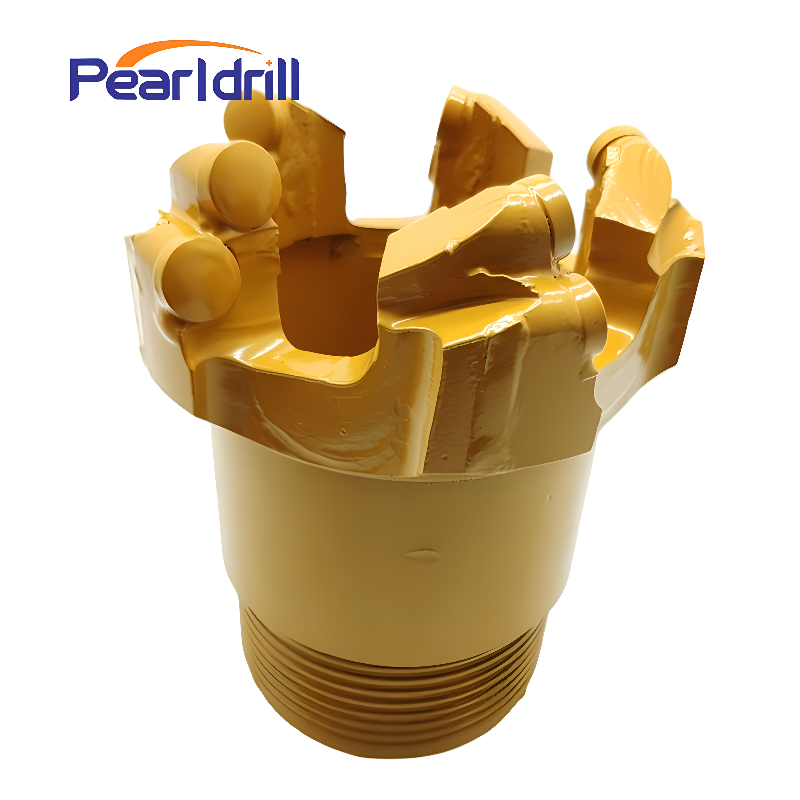How to choose the appropriate drill bit
Drill bits are cutting tools used for drilling holes in materials, widely applied in various fields. There are many types of drill bits, and selecting the right one for different materials and drilling needs is crucial, as its use directly affects drilling efficiency and cost. Correctly using drill bits requires considering several factors. Here are some key factors:

1. Know What Kind of Rock Material You're Drilling:
-
Hard Rock (e.g., Granite, Quartzite): Requires diamond drill bits or carbide drill bits.
-
Medium-Hard Rock (e.g., Limestone, Sandstone): Can use roller cone drill bits or polycrystalline diamond compact (PDC) drill bits.
-
Soft Rock (e.g., Shale, Mudstone): Can use roller cone drill bits or drag bits.
-
Loose Formations (e.g., Sand, Gravel): Can use auger bits or hammer drill bits.
-
Formation Hardness: The harder the formation, the harder the drill bit required.
2. Drill Bit Size Matters:
-
Borehole Diameter: Select the appropriate drill bit size based on the borehole diameter.
-
Drill Rod Size: The drill bit size should match the drill rod size.
3. Consider Drilling Costs:
-
Drill Bit Price: Prices vary significantly between different types and sizes of drill bits.
-
Drill Bit Lifespan: A longer drill bit lifespan reduces the cost per drilling operation.
-
Drilling Efficiency: Higher drilling efficiency reduces the overall drilling cost.
4. Choose the Appropriate Drill Bit Type:
-
Roller Cone Drill Bits: Suitable for medium-hard to hard formations, with strong crushing ability.
-
Diamond Drill Bits: Suitable for hard formations, with a long service life.
-
Drag Bits: Suitable for soft formations, with a high drilling speed.
-
Auger Bits: Suitable for loose formations, can quickly remove cuttings.
-
Hammer Drill Bits: Suitable for fractured formations, breaking rock through impact.
-
Core Drill Bits: Used to obtain core samples for geological analysis.
-
Your drill rig has a certain power and torque capacity. Ensure the drill bit you choose matches your rig. You don't want to overload it.
Drill Bit Usage Precautions:
-
Install the drill bit correctly, ensuring it is clamped securely.
-
Select the appropriate drilling speed and feed rate based on the drilling material and drill bit type.
-
Use coolant to reduce drilling temperature and extend drill bit life.
-
Regularly inspect the drill bit, replacing worn or damaged bits promptly.
-
Pay attention to safety, avoiding drill bit breakage or flying debris.
Additional Small Suggestions:
-
Before selecting a drill bit, consult with professional drilling engineers or drill bit suppliers for expert advice.
-
Select the appropriate drill bit type and size based on the actual drilling conditions.
-
During drilling, closely monitor the drill bit's working status and replace worn drill bits in a timely manner.
